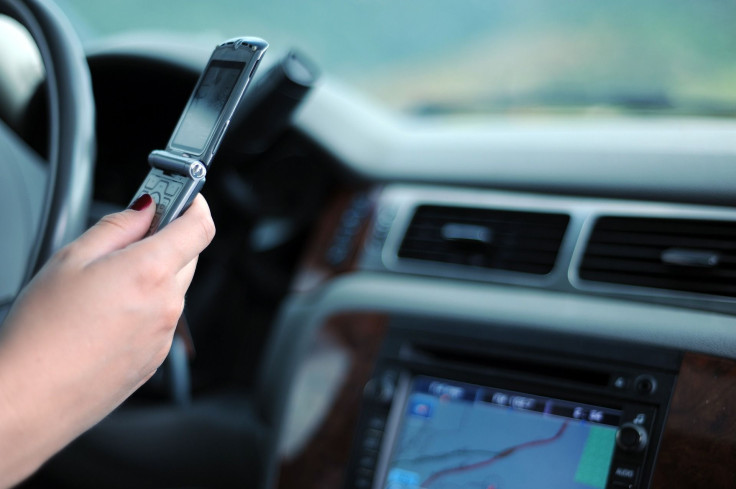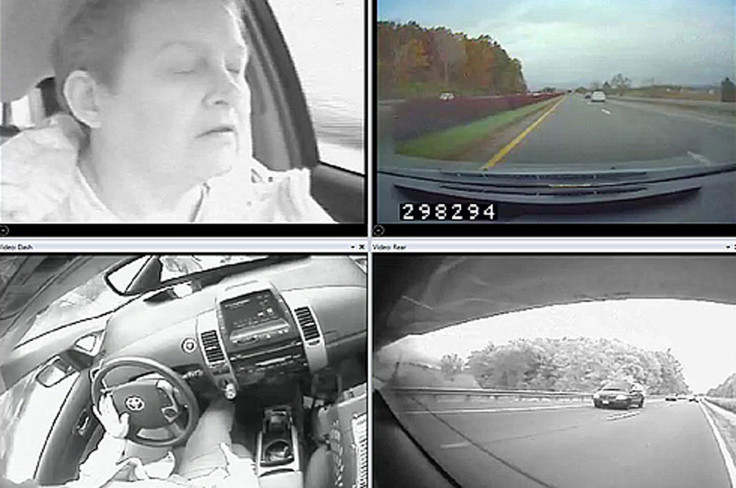Distracted Driving: Cell Phones, Car Touchscreens, And Emotional States Increase Your Risk Of Crashing

Drunk driving and falling asleep behind the wheel are both dangerous ways to increase your risk of a car crash, but there are myriad other ways drivers can distract themselves on the road, with some now deemed more risky than others.
In a new study out of Virginia Tech Transportation Institute, researchers tracked real-time behaviors of drivers with radars, sensors, and cameras in order to learn which distractions were more dangerous than others.
They found that people who were emotional while driving — angry, sad, crying, or agitated — were 10 times more likely to increase their risk of a crash than people who weren’t emotional. Speeding increased the risk of a crash by 13 times, as well as improper driving decisions and unfamiliarity with a road or area.
It wasn’t only texting or talking on the phone that had an impact on drivers; people who used car touchscreens — for example, GPS platforms — spent more time with their eyes off the road than people who weren’t distracted by “screens.” Past research has shown people who text and drive are 23 times more likely to get in a crash compared to those who don’t. A 2013 study found that distracted drivers in general — people who were texting, talking on the phone, eating, or applying makeup — raised pedestrian deaths by 50 percent.
The researchers used data from the Second Strategic Highway Research Program Naturalistic Driving Study, examining some 3,500 participants in the United States. The study was able to examine some 1,600 crash events ranging from minor crashes to severe ones. Among the 905 crashes that were considered “severe” in the sense of injury or property damage, 90 percent involved fatigue, error, impairment, or distraction on the part of one of the drivers.
The study is particularly telling when it comes to teenagers and young drivers. A 2015 study found that teens who distracted themselves while driving weren’t only texting; they were doing everything from playing guitar in traffic to changing clothes, putting on makeup, and even doing homework. But the most recent study is the first to use real-time information (pictured below) to fully measure what people are doing behind the wheel before and during events.

“These findings are important because we see a younger population of drivers, particularly teens, who are more prone to engaging in distracting activities while driving,” Tom Dingus, lead author of the study and director of the Virginia Tech Transportation Institute, said in the press release. “Our analysis shows that, if we take no steps in the near future to limit the number of distracting activities in a vehicle, those who represent the next generation of drivers will only continue to be at greater risk of a crash.”
Source: Dingus T, et al. Proceedings of the National Academy of Sciences, 2016.



























